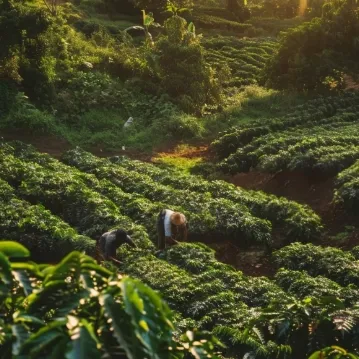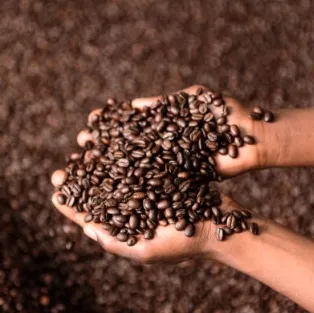
Sachets are small, flexible, usually flat pouches(bags) used to package single-use powder, liquid, and granules. If this definition sounds too broad, you could connect to a tea bag, a small portion of ketchup gotten from McDonald’s, a shampoo sample, a small bag of sugar, instant coffee mix, a portion of quick oats for breakfast, or a portion of coffee.
How are these sachets made? Or, how can we package our product into sachets? Are these sachets pre-made like stand-up pouches?
Next, we will determine what sachets are, the various types available on the market, how sachets are filled and produced, and whether producing their sachets is a viable practice for small business owners.
What Are Sachets?
Sachets are small portions and one-time use bags with easy-tearing notches. They could be three-sided sealed, four-sided sealed, or a unique shape, upon product characteristics and aesthetic design.
Since most sachets are made of roll films, what type of packaging film used decides whether these sachets can package liquid, powder, or granules. For example, if you want to fill shampoo, sauce, liquid coffee, or lotion into sachets, you need to choose waterproof packaging films.
Types of Sachet - Pros & Cons
3-Side Seal Sachets
Sealed on three sides with one open end for filling
Pros
- Simple and cost-effective to produce
- Easy to tear open
- Good for flat, single-serve portions
Cons
- Limited space for volume and branding
- Not ideal for bulky contents
Common Use
- Instant coffee mix, drip coffee’s secondary package, sugar, salt, sauce, shampoo, sample products

4-Side Seal Sachets
Sealed on all four sides, typically filled from a central point.
Pros:
Strong and uniform sealing results
More protection against moisture and air
Cons:
Slightly more costs
Less flexible for irregular products
- Limited content volume
Common Use
- Pharmaceutical powder, cosmetics, food spices, and coffee powder.

Pillow Sachets
Pillow shape with seals on top, bottom, and a vertical seal.
Pros:
- Economical and high-speed production
- Maximizing packaging film material usage
- Relatively high content volume
Cons:
- Not suitable for very liquid or high-viscosity products
- Relatively fragile
Common Uses
- Chips, seasoning mix, candies, protein powder, snacks, dried food, detergent powder.

Shaped/ Die-Cut Sachets
Custom-shaped sachets to attract consumers and enhance brand image.
Pros:
Eye-catching, strong branding appeal, stands out from other products
Good for promotional packaging
Cons:
Higher initial investment
Need professional design
Common Uses:
- Face masks, cosmetics, energy drinks, liquid supplements, juice.
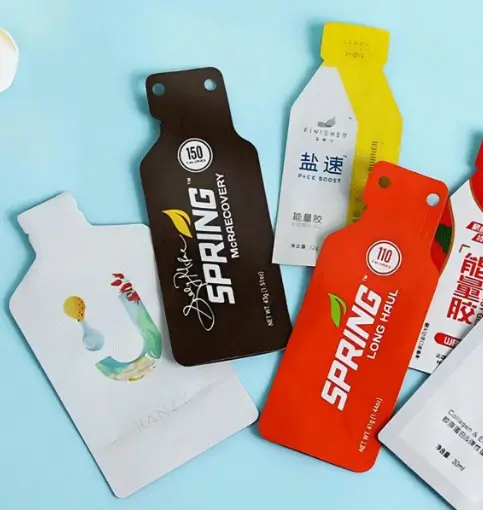
What are Sachets made from?
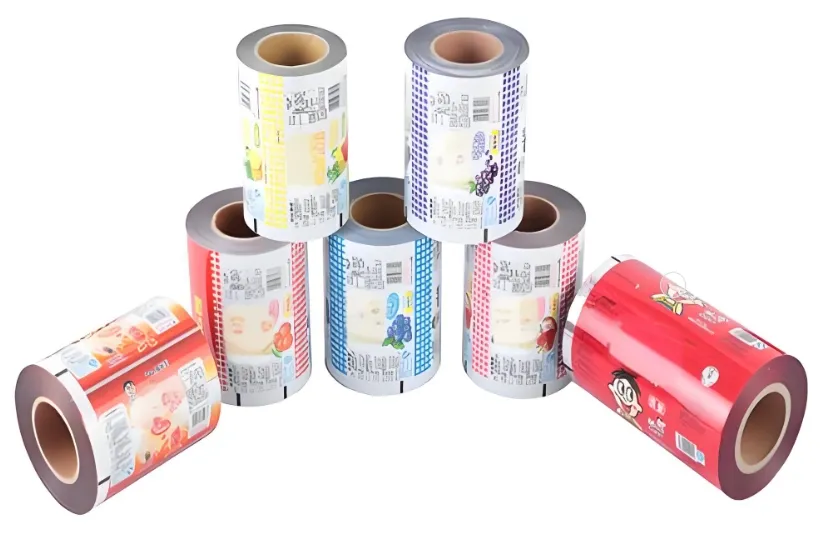
Undestand the types of packaging films
| Packaging Film Materials | Pros | Cons |
|---|---|---|
| PE (Polyethylene) | Outstanding heat sealing performance, Flexible and affordable, Good moisture barrier | Not helpful for high-temperature and oxgen |
| PET (Polyethylene Terephthalate) | High strength, Better printing results, Excellent heat resistance | Needs lamination with other films for sealing |
| BOPP (Biaxially Oriented Polypropylene) | Cler printing results, Excellent moisture barrier, relatively cheap | Needs lamination for heat sealing |
| Aluminum Foil | works to block light, oxygen, and moisture | aviod micro-wave |
| Paper-Based | Sustainable sachet, better for dry powder or granules | Does not work in preserving moisture or oxygen |
If your product is special, we suggest contacting specialized packaging industry suppliers to design your packaging films, as most sachets are made of more than one type of film.
How Sachets are filled with products and packaged?
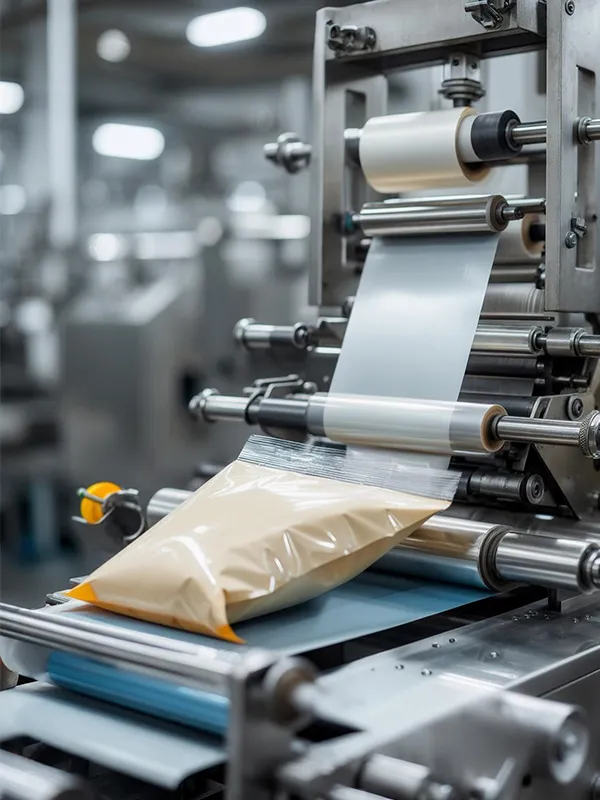
The automated form-fill seal (FFS) packaging machines can form different sachets with a programmable packaging system.
The sachet packing machine unwinds the film and shapes it into the desired shape, whether that is a 3-side seal or a 4-side sealing.
Then, depending on the type of product — powder, liquid or granule — a measuring system (such as an auger filler or piston filler or volumetric cups) accurately measures and dispensing the product into the bag. The sachets are then heat-sealed, which ensures an airtight seal, maintaining freshness and preventing leaking.
Before cutting each sachet, the machine can also print batch and date codes.
This fast, hygienic method is perfect for industries such as food, beverages, cosmetics and pharmaceuticals. It ensures consistency in quality and efficiency.
How to make tea sachets?
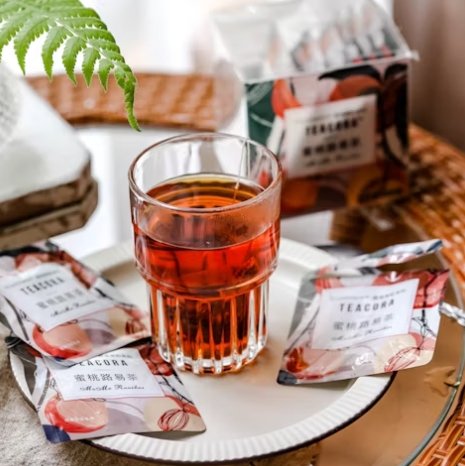
The tea sachet packaging incorporates a two-part system.
Tea leaves are held in the inner sachet, which is usually made of porous food-grade material such as nylon or corn fibre. The material is what allows the water to permeate the tea while still keeping the leaves in place.
Outer sachets are often made from metallized film or sustainable materials. They serve as decorative and protective wrappers, which also benefits from preserving freshness.
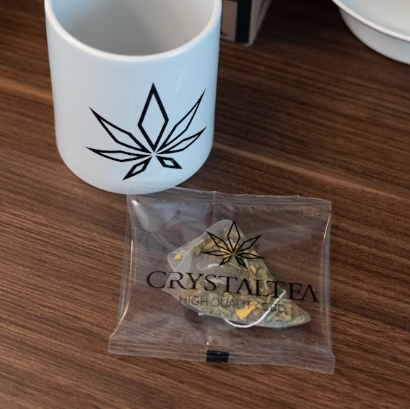
Inner Tea Sachet Forming
Tea Bagging Machines: These come in a variety of configurations, depending on whether you want a square, rectangle, pyramid, or round sachet, and what material is used (filter paper, corn fiber, nylon mesh).
How machines work
- Materials Unwinding
- Forming station: shaping the material to the desired shape of the sachet
- Weighing/Dosing System: It is important to use a precision scale, volumetric filler, or auger-fillers that accurately measure the amount of tea in each sachet.
- Sealing: To create a neat and strong seal, heat sealing or ultrasonic sealing is usually used.
- Cutting: Cut the inner sachets from the roll.
Outer Sachet Packaging Machines
Vertical Form Fill and Seal Machines could fill and create outer sachets.
- Unwinding a roll of outer sachet film material
- The forming tube would shape the film into a tube.
- Machine seals the sachet vertically
- Dropping the inner tea bag into the sachet
- Both the top and bottom would be sealed, and each outer sachet is cut to create a two-sachet package.



